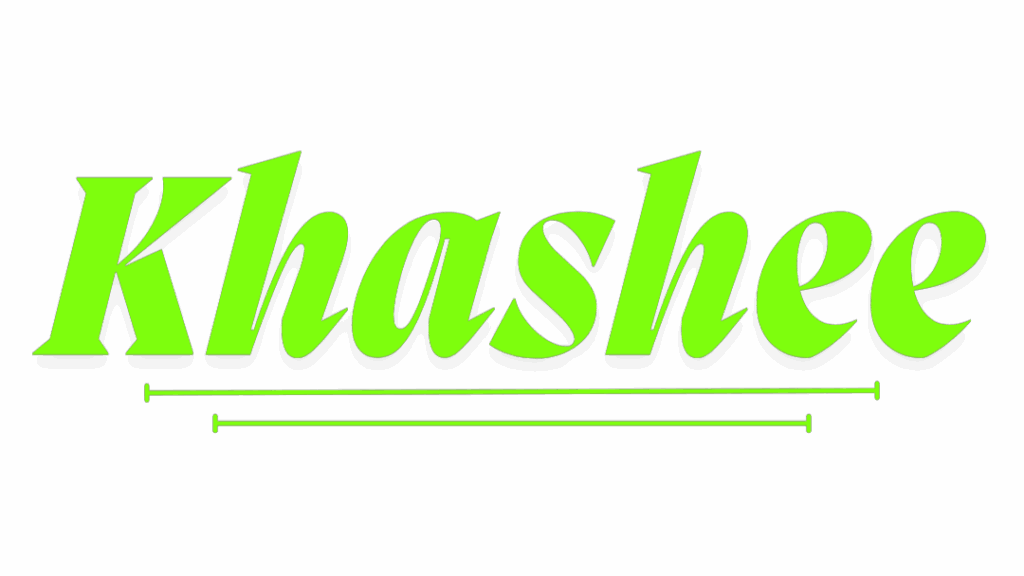Navigating the job market can be a daunting task, especially when you’re unsure where to begin. Our Practical Job Application Guide is designed to simplify the process, equipping you with the essential tools and insights to make your application stand out. Whether you’re a seasoned professional or a fresh graduate, this guide is tailored to meet your needs.
In this guide, we break down each step of the job application process, from crafting the perfect resume to acing the interview. By following our Practical Job Application Guide, you’ll learn how to effectively highlight your skills and experience. This comprehensive approach ensures you’re fully prepared every step of the way.
Let us help you transform the overwhelming job search into a structured and successful journey. With our Practical Job Application Guide, you’re not just applying for jobs, you’re paving the way for your future career success. Dive in and take control of your professional path today!
Crafting the Perfect Resume
Crafting a perfect resume is the first step in your job application process. It is crucial to tailor your resume to match the job description, ensuring you highlight relevant experience and skills. A well-crafted resume serves as your personal marketing document and can significantly impact your job application success.
Start by including a clear and concise summary statement at the top of your resume. This statement should succinctly convey your professional background and objectives. Ensure that it aligns with the role you’re applying for to grab the employer’s attention from the outset.
Finally, make use of bullet points to present your experience and achievements. This format makes it easier for hiring managers to read and understand your qualifications swiftly. Remember to quantify your accomplishments whenever possible to demonstrate your capabilities effectively.
Writing a Compelling Cover Letter
A compelling cover letter can set you apart from other candidates by providing additional context to your resume. It offers you the opportunity to express your enthusiasm for the role and the company. Keep in mind that this is your chance to communicate why you are the perfect fit for the job.
Start your cover letter with a strong introduction that grabs the reader’s attention. Mention the position you’re applying for and how you learned about it. Personalizing your cover letter shows the employer that you are genuinely interested in their organization and have done your research.
In the body of your letter, connect your experiences and skills to the job requirements. Highlight specific examples from your past work or academic history that demonstrate your ability to succeed in this role. Conclude with a strong statement expressing your eagerness to discuss your application further.
Preparing for Interviews
Preparing thoroughly for interviews can significantly influence your chances of success. Begin by researching the company and understanding its values, culture, and recent developments. This knowledge can help you tailor your responses and demonstrate your genuine interest in the organization.
Practice answering common interview questions, focusing on different skills and experiences you’ve acquired. Using the STAR method (Situation, Task, Action, Result) can help structure your responses, providing clear and concise answers. Rehearse aloud to gain confidence and refine your delivery.
Finally, prepare a list of questions to ask the interviewer about the company or role. Engaging with the interviewer shows your enthusiasm and readiness to participate actively in the workplace. Remember, interviews are a two-way street, with both parties determining a mutual fit.
Understanding Job Description
Understanding the job description is essential for tailoring your application and preparing for interviews. The job description outlines the expectations and qualifications required for a position, serving as a roadmap for applicants. Carefully reading and analyzing this document can give you an insight into what the employer is looking for.
Pay attention to the required skills and experience mentioned in the description. Ensure that your resume and cover letter highlight these aspects to make your application relevant. Reflect on how your past experiences align with these requirements and be prepared to discuss them during interviews.
Additionally, recognize the keywords or phrases used in the job description. Incorporating these keywords into your application materials can help your application pass through Applicant Tracking Systems (ATS) and reach the hiring manager’s desk.
Submitting Your Application
The submission of your job application is a crucial step in the process and requires careful attention. Each company may have different submission requirements, so it’s essential to follow instructions precisely. Ensure that every required document is included and properly formatted before sending your application.
Double-check all the details in your resume, cover letter, and any other documents for errors. Unintentional mistakes can create a negative impression on potential employers. Take the time to proofread your materials or have a trusted friend review them to catch any overlooked errors.
Submit your application before the deadline to avoid any technical issues or unforeseen circumstances. Submitting early can demonstrate your eagerness and organizational skills, setting a positive tone from the start.
Conclusion
In conclusion, navigating the job application process requires a strategic approach and attention to detail. By following our Practical Job Application Guide, you’ll be well-equipped to handle every aspect of the job application journey. From crafting a compelling resume and cover letter to acing the interview, each step is crucial to securing the position you desire.
Remember, preparation and perseverance are key to overcoming the challenges of the job market. By understanding job descriptions and submitting well-prepared applications, you’ll increase your chances of success. Stay focused, confident, and proactive, and you’ll be well on your way to achieving your career goals.
